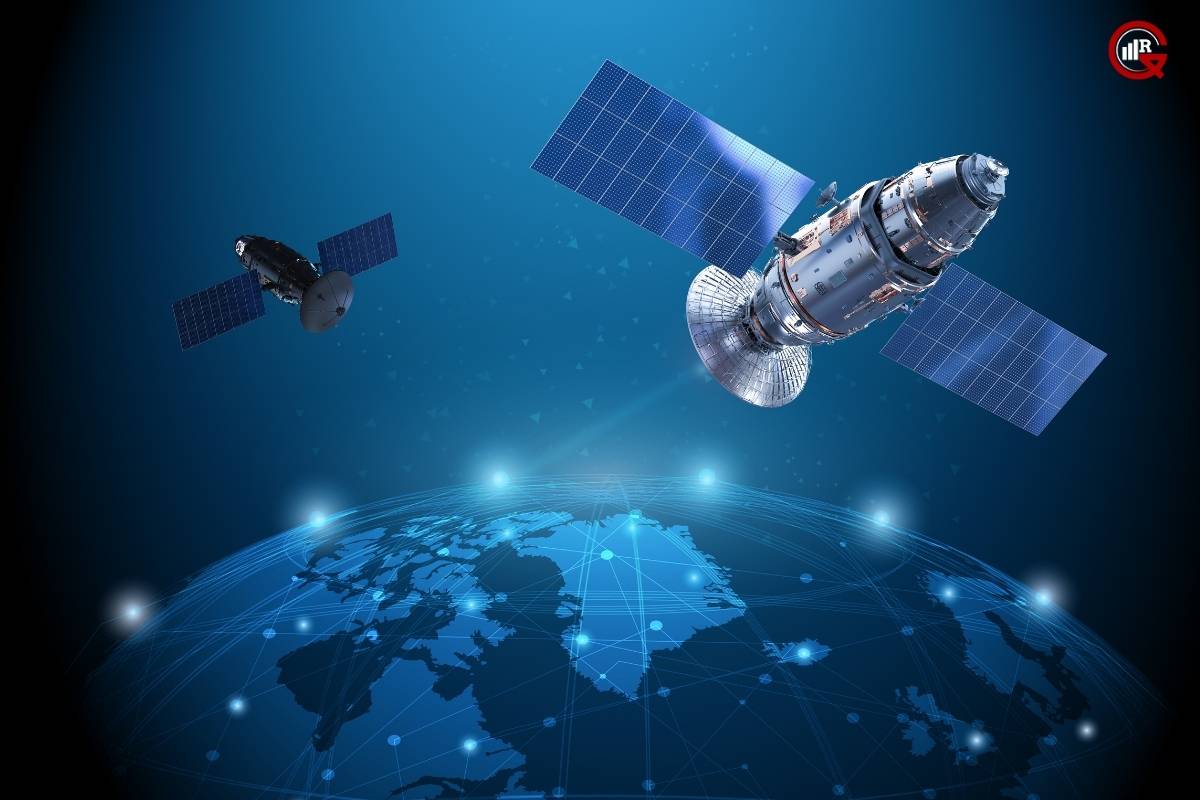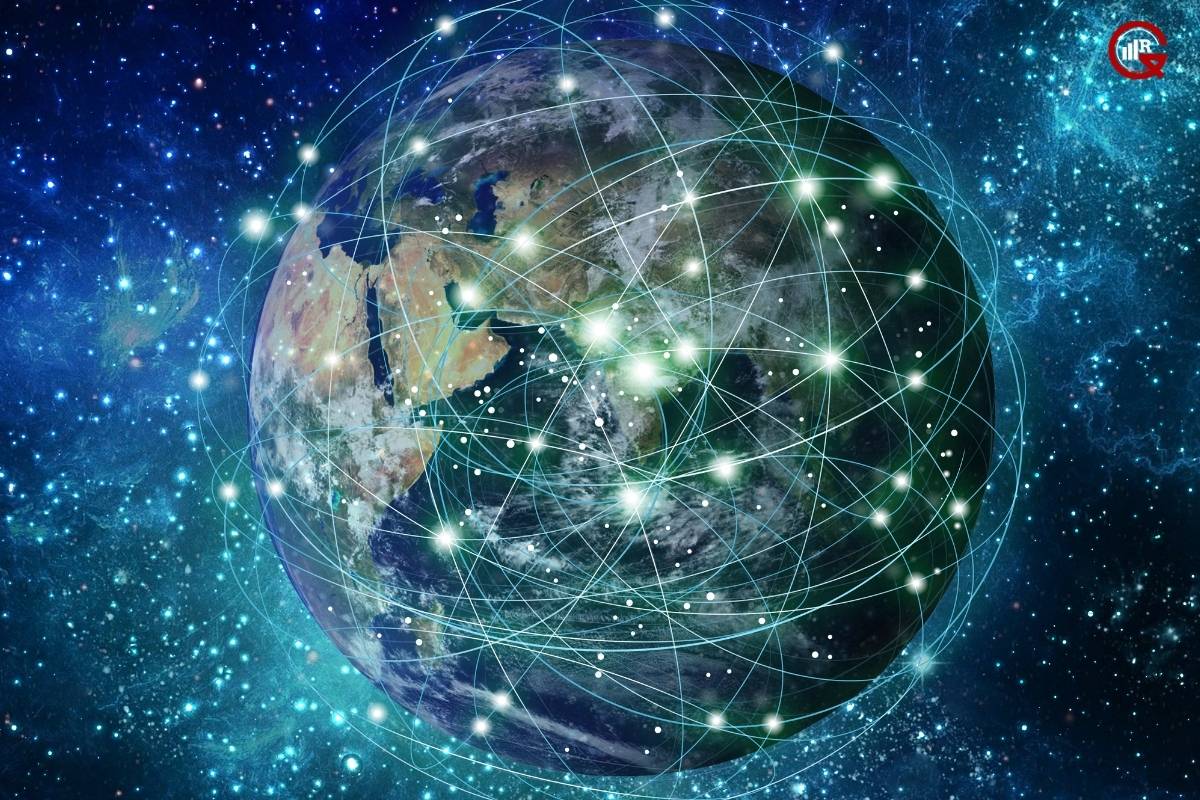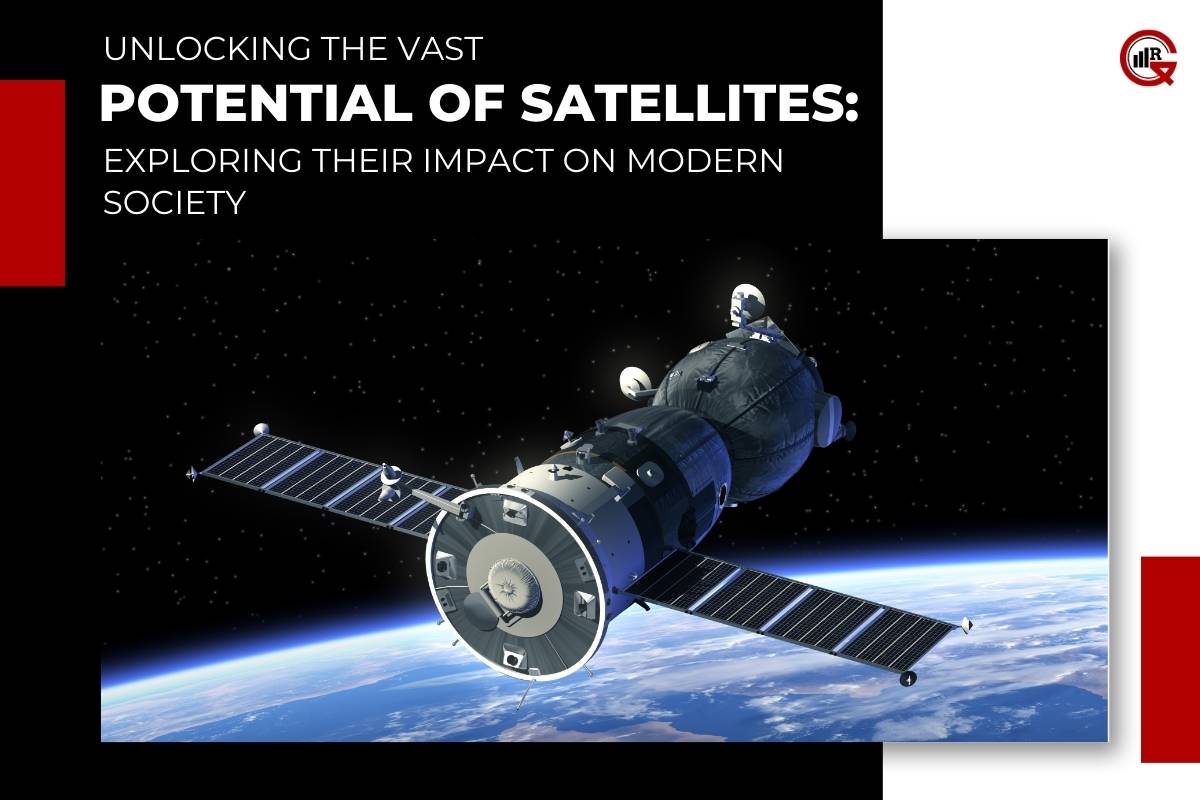In the vast expanse of space, orbiting around our planet, are man-made marvels known as satellites. These celestial entities have become indispensable tools in our modern world, revolutionizing communication, navigation, weather forecasting, scientific research, and much more. With their ability to orbit Earth and relay information across vast distances, satellite have transformed how we perceive and interact with the world around us. In this article, we delve into the fascinating world of satellites, exploring their history, functions, and the profound impact they have on our daily lives.
A Brief History of Satellites

The concept of satellites dates back to ancient times, with early astronomers pondering the possibility of objects orbiting Earth. However, it wasn’t until the 20th century that satellite became a reality. On October 4, 1957, the Soviet Union launched the world’s first artificial satellite, Sputnik 1, into orbit, marking the dawn of the space age. This historic event ignited a space race between the United States and the Soviet Union, leading to the rapid development of satellite technology.
Since then, satellites have evolved significantly, with advancements in propulsion, communication, and imaging technologies enabling a wide range of applications. Today, thousands of satellites orbit Earth, serving diverse purposes and contributing to various fields of human endeavor.
Types of Satellites
Satellites come in various shapes and sizes, each designed for specific functions. Broadly speaking, satellites can be classified into several categories based on their applications:
Communication Satellites: Perhaps the most well-known type of satellite, communication satellites facilitate global telecommunications by relaying signals between ground stations. These satellite enable voice calls, internet connectivity, television broadcasts, and other forms of communication across long distances. Examples include the geostationary satellite orbiting high above Earth’s equator, providing ubiquitous coverage for telecommunication networks.
Navigation Satellites: Navigation satellite play a crucial role in modern navigation systems, such as the Global Positioning System (GPS), which provides accurate positioning and timing information to users worldwide. By triangulating signals from multiple satellite, GPS receivers can determine precise locations on Earth’s surface, enabling applications ranging from vehicle navigation to wilderness exploration.
Earth Observation Satellites: Earth observation satellite capture high-resolution images of Earth’s surface, providing valuable data for environmental monitoring, disaster management, urban planning, agriculture, and scientific research. These satellite can track changes in land use, monitor weather patterns, detect natural disasters, and assess environmental changes over time.
Weather Satellites: Weather satellites monitor atmospheric conditions, collect meteorological data, and generate weather forecasts to aid in disaster preparedness, agriculture, aviation, and maritime operations. By observing cloud patterns, temperature gradients, and atmospheric pressure systems, weather satellites help predict storms, hurricanes, and other weather phenomena with increasing accuracy.
Scientific Satellites: Scientific satellite are designed to conduct experiments and observations in space, studying phenomena such as cosmic radiation, gravitational waves, and celestial bodies. These satellite contribute to our understanding of the universe, enabling groundbreaking discoveries and advancements in astrophysics, cosmology, and space exploration.
Military Satellites: Military satellite serve national security interests by providing reconnaissance, surveillance, and communication capabilities to armed forces around the world. These satellite gather intelligence, monitor strategic locations, and facilitate secure communication channels for military operations.
The Impact of Satellites on Society

The proliferation of satellite technology has had a profound impact on modern society, transforming various aspects of our daily lives:
Global Connectivity: Satellite have connected the world like never before, bridging geographical barriers and facilitating instant communication across continents. From international phone calls to internet access in remote regions, satellite play a pivotal role in keeping the world interconnected.
Precision Navigation: GPS satellite have revolutionized navigation, empowering individuals, businesses, and industries with precise positioning and timing information. From navigating city streets to guiding aircraft and ships, GPS has become an indispensable tool for safe and efficient transportation.
Disaster Management: Earth observation and weather satellites provide invaluable data for disaster management and emergency response efforts. By monitoring natural hazards such as hurricanes, wildfires, and earthquakes, satellite help authorities anticipate disasters, mitigate risks, and coordinate rescue operations more effectively.
Environmental Monitoring: Satellite monitor Earth’s environment, tracking changes in land cover, vegetation, and atmospheric conditions. This data is vital for monitoring climate change, assessing environmental degradation, and implementing conservation efforts to protect ecosystems and biodiversity.
Agricultural Innovation: Agricultural satellite provide farmers with critical information about soil moisture, crop health, and weather patterns, enabling precision agriculture practices. By optimizing irrigation, fertilization, and pest control, satellite help increase crop yields, conserve resources, and promote sustainable farming practices.
Scientific Exploration: Scientific satellite explore the depths of space, unraveling the mysteries of the universe and expanding our knowledge of celestial phenomena. From studying distant galaxies to probing the composition of exoplanets, these satellite push the boundaries of human understanding and inspire future generations of scientists and explorers.
Challenges and Future Directions

Despite their many benefits, satellite also face challenges such as space debris, orbital congestion, and cybersecurity threats. Efforts are underway to mitigate these risks and ensure the long-term sustainability of space operations.
Looking ahead, the future of satellite technology holds immense promise, with advancements in miniaturization, artificial intelligence, and renewable energy driving innovation in satellite design and capabilities. From mega-constellations of small satellite to interplanetary missions exploring distant worlds, the possibilities are endless. In conclusion, satellite have become indispensable tools in our modern world, empowering humanity with unprecedented access to information, communication, and exploration. As we continue to unlock the vast potential of satellite technology, we must also strive to safeguard the delicate balance of our shared space environment and harness the power of satellite for the benefit of all humankind.






